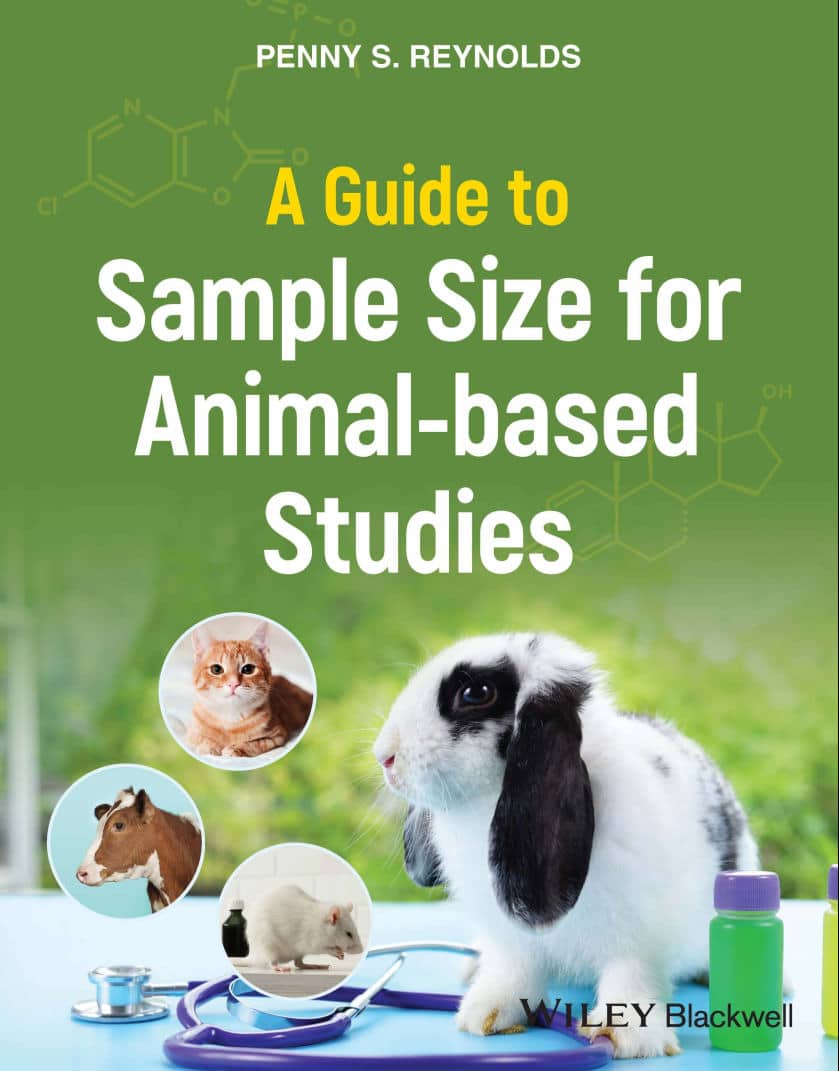
By Penny S. Reynolds
A Guide to Sample Size for Animal-based Studies. Animal-based research is an essential part of basic and preclinical research, but poses a unique set of experimental design challenges. The most important of these are the 3Rs – Replacement, Reduction and Refinement – the principles comprising the ethical framework for humane animal-based studies. However, many researchers have difficulty navigating the design trade-offs necessary to simultaneously minimize animal use, and produce scientific information that is both rigorous and reliable.
A Guide to Sample Size for Animal-based Studies meets this need with a thorough, accessible reference work to the subject. This book provides a straightforward systematic approach to “rightsizing” animal-based experiments, with sample size estimates based on the fundamentals of statistical thinking: structured research questions, variation control and appropriate design of experiments. The result is a much-needed guide to planning animal-based experiments to ensure scientifically valid and reliable results.
A Guide to Sample Size for Animal-based Studies is a must-have reference for preclinical and veterinary researchers, as well as ethical oversight committees and policymakers.
Features
Features:
- Step-by-step guidance in diverse methods for approximating and refining sample size
- Detailed treatment of research topics specific to animal-based research, including pilot, feasibility and proof-of-concept studies
- Sample size approximation methods for different types of data – binary, continuous, ordinal, time to event – and different study types – description, comparison, nested designs, reference interval construction and dose-response studies
- Numerous worked examples, using real data from published papers, together with SAS and R code
Table of Contents
Table of Contents:
- Introduction : The sample size problem in animal-based research
- Sample size basics
- Ten strategies to increase information (and reduce animal numbers)
- Introduction to pilot studies
- Operational pilots
- Empirical and translational pilots
- Feasibility calculations : Arithmetic estimation
- Feasibility calculations : Probability-based estimation
- Introduction to descriptive studies
- Confidence intervals
- Prediction intervals
- Tolerance intervals
- Reference intervals
- Hypothesis testing, power, non-centrality
- A bestiary of effect sizes
- Comparing two groups : Continuous outcomes
- Comparing two groups : Binary and count outcomes
- Comparing two groups : Time to event outcomes
- Comparing multiple factors
- Multi-level and hierarchical designs
- Ordinal data
- Dose-response studies

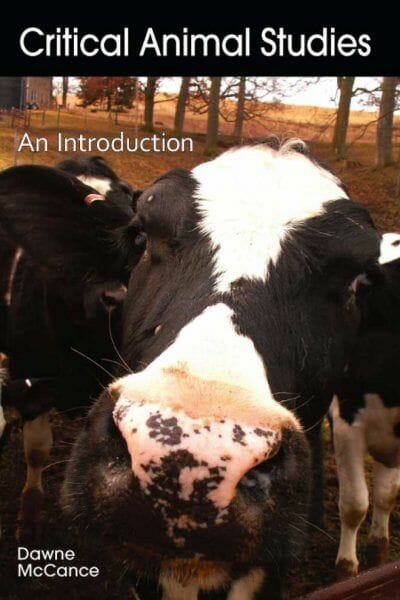




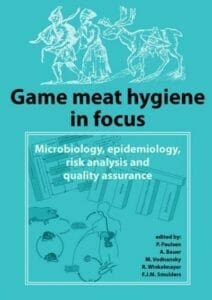


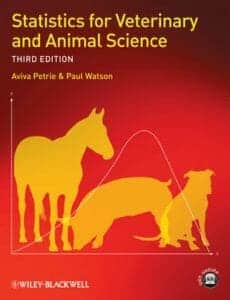
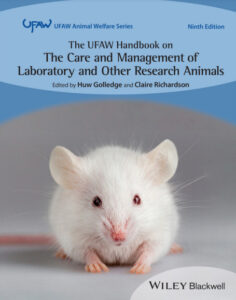




![Ettinger’s Textbook of Veterinary Internal Medicine 9th Edition [PDF+Videos] Ettinger’s Textbook of Veterinary Internal Medicine 9th Edition [True PDF+Videos]](https://www.vet-ebooks.com/wp-content/uploads/2024/10/ettingers-textbook-of-veterinary-internal-medicine-9th-edition-100x70.jpg)

![Textbook of Veterinary Diagnostic Radiology 8th Edition [PDF+Videos+Quizzes] Thrall’s Textbook of Veterinary Diagnostic Radiology, 8th edition PDF](https://www.vet-ebooks.com/wp-content/uploads/2019/09/textbook-of-veterinary-diagnostic-radiology-8th-edition-100x70.jpg)






